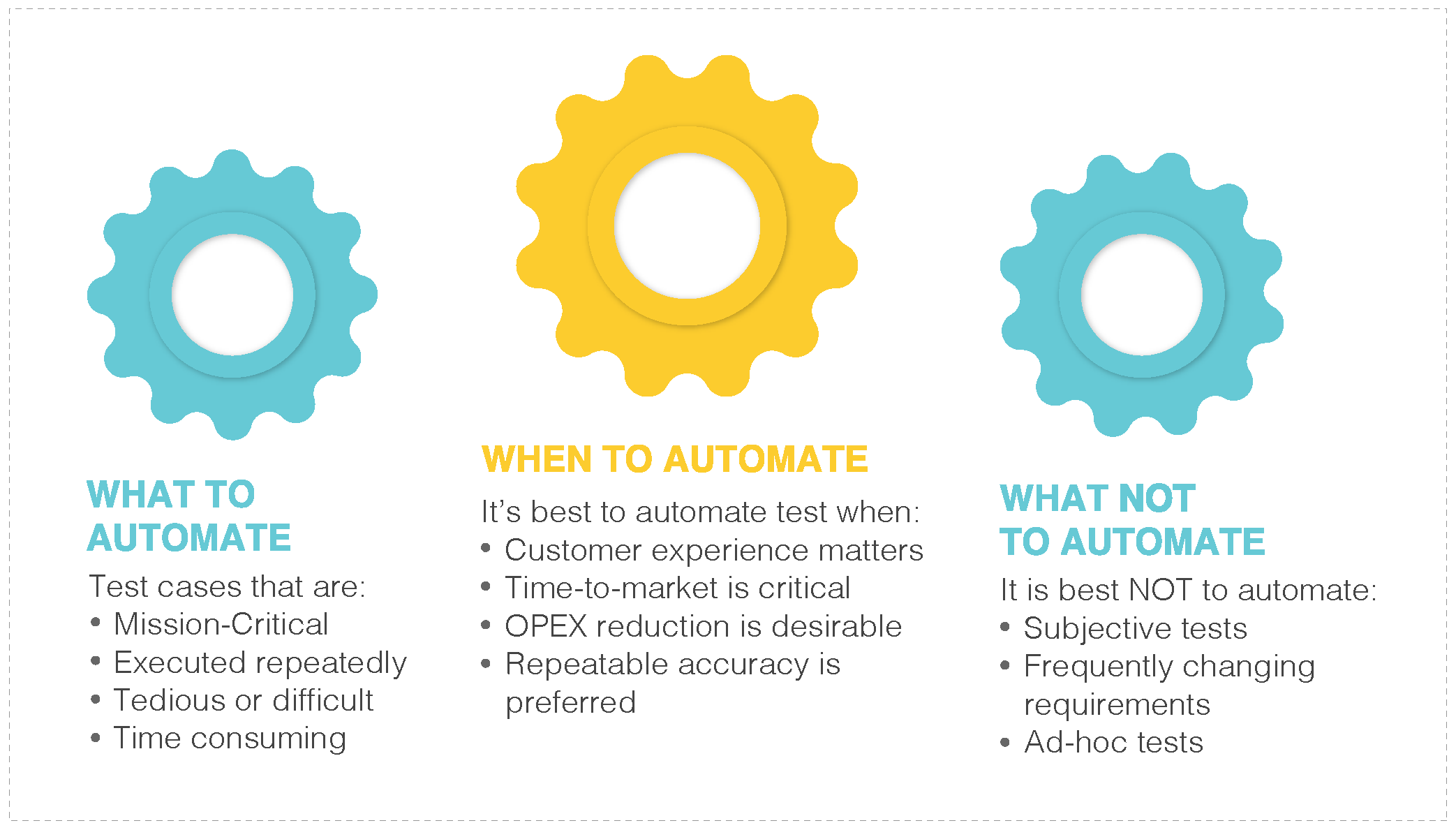
Daniel Park is Head of Digital Experience for a large enterprise. Among his many ongoing projects, he has recently been tasked to launch a “mission-critical” venture that has the promise to change the way the organization interacts with their customers. However, before Daniel can begin, he needs to choose which vendor to partner with.
While evaluating the vendor options, he notices that Vendor A has a history of performance inconsistency, delayed launches resulting in blown budgets, and have on more than one occasion produced products riddled with bugs and glitches – even after launch. However, the same could not be said for Vendor B. Time and time again they had proven their reliability, speed, and accuracy in project completion. They also had a track record of creating some of the most well received and engaging user experiences around – all delivered on time and on budget. Intrigued by the dramatic differences, he noticed a simple yet extremely valuable difference between the two. Vendor A employed manual testing in their development, while Vendor B opted for the automated approach.
This made his decision much simpler in selecting Vendor B; after all, who would want to work with a team that invariably costs them time, money, and compromised customer experience. Today, I’m hoping to make the choice of adopting test automation that much easier for you.
Test Automation – The What and the When
Test automation is a method of software testing that utilizes tools and/or frameworks to control and monitor the execution of tests and compare real-life results with predicted or expected outcomes. Fortunately, the far-reaching implications and benefits of test automation supersede this definition. However, before I delve into why you need to adopt test automation in your organization, allow me to share what you should automate, when you should do it, and what is best left alone.

WHAT TO AUTOMATE.
Test cases that are: Mission-Critical, Executed repeatedly, Tedious or difficult, Time consuming
WHEN TO AUTOMATE.
It’s best to automate test when. Customer experience matters, Time-to-market is critical, OPEX reduction is desirable, Repeatable accuracy is preferred
WHAT NOT TO AUTOMATE.
It is best NOT to automate: Subjective tests, Frequently changing requirements, Ad-hoc tests
At mobileLIVE, test automation is a part of our DNA. Whether we are working across the complete mobility ecosystem, full product lifecycle, functional or non-functional 360° coverage, or even if just an evaluation across specialty domains, we test early and frequently knowing that defect prevention is preferred to defect detection. This mindset of test automation and continuous integration has served us very well. Although it is impossible to automate all tests (we know, we tried), the following framework helps us ensure the most optimal level of automation:

Technology Facing Automated Unit Testing
Automated unit/functional testing per check-in,Get quick feedback on your dev check-in (merge)
Technology Facing Automated Non Functional Testing
Performance testing, Load testing, Memory management, Security and maintainability, Interoperability and compatibility, Scalability and reliability
Customer Facing Automated and manual Functional Testing
Create test cases for stories, Verify stories and bug fixes, Write automation scripts for passed stories, Add automation scripts to test framework
Customer Facing Automated and manual exploratory Testing
Exploratory scenario testing, Usability testing, User acceptance testing, Customer experience testing
Remember, when automating tests it’s important to determine exactly which test cases should be automated first. I recommend basing this on those that yield maximum ROI.
Test Automation – The Why
Talk of test automation is nothing new; however, it seems to be a growing trend among development teams large and small to opt for automated testing over manual testing. Which begs the question – why should you invest in a culture of test automation and continuous integration? Well, I can actually give you several reasons, none of which are “because it’s a trend.”
- ROI: Manual testing takes too long and becomes cost prohibitive when it comes to multiple agile releases/sprints, multiple platforms, OSs, screen sizes etc.
- Reliability: Automated testing is faster and more reliable when running repetitive standardized tests which cannot be skipped, but could result in an error when manually tested.
- Accuracy: Even the most careful tester will make mistakes during monotonous manual testing. Automated tests perform the same precise steps every time they are executed; all while recording detailed results.
- Coverage: Automated software testing can increase the depth and scope of tests to help improve software quality. Lengthy tests that are often avoided during manual testing can be run unattended. They can even run on multiple machines with different configurations.
- Continuous Integration: Tests can run automatically whenever code changes are checked in and notify the team or the developer if they fail. Features like these save developers time and increase their confidence.
- Morale Boost: Manual testing can be mundane and executing repetitive tasks with automated software testing gives your team time to spend on challenging and rewarding projects. Team members improve their skill set and confidence and, in turn, pass those gains on to their organization.
The aforementioned are just a few of the benefits that test automation can provide a development team. However, it should be noted that not all test automation tools are created equal. The second most important decision after choosing to automate your testing is which platform to use; and if you are anything like us, that platform needs to be simple and intuitive, be able to test solutions across the digital ecosystem, and provide timely insights and real-time reports. For us, our preferred technology partner is UXPLORE.
UXPLORE – Test Automation Done Right
UXPLORE is an innovative Robotic Automation Platform that automates testing using bots (a digital workforce) to improve user experience and reduce operating expenses. The platform enables all users, both technical and non-technical, to easily create and deploy bots instantly, without a need for coding. All possible human actions to various digital interfaces (web, mobile, cloud, IoT) are pre-coded, and bots are trained by creating a sequence of these actions. UXPLORE bots work around the clock to automate testing; much faster, cheaper, and with higher accuracy than humans.
If you are looking to deliver exceptional customer experiences , reduce time-to-market and operational expenses, improve accuracy and team productivity, then test automation is no longer a “nice to have,” rather, an imperative.




